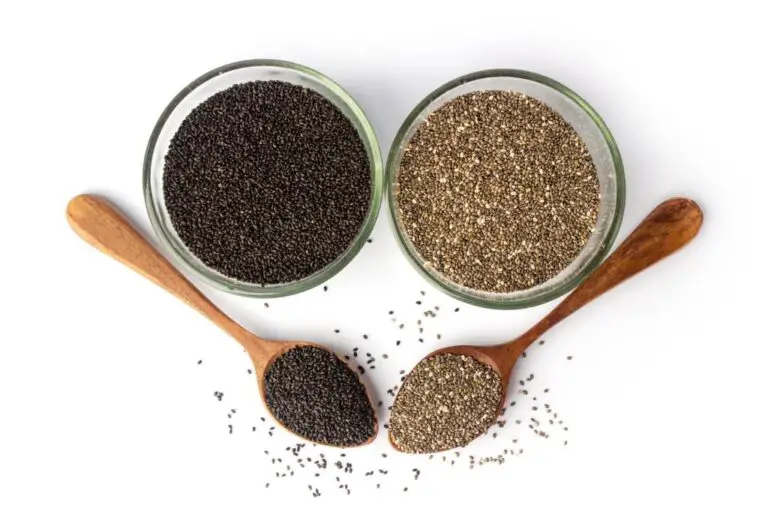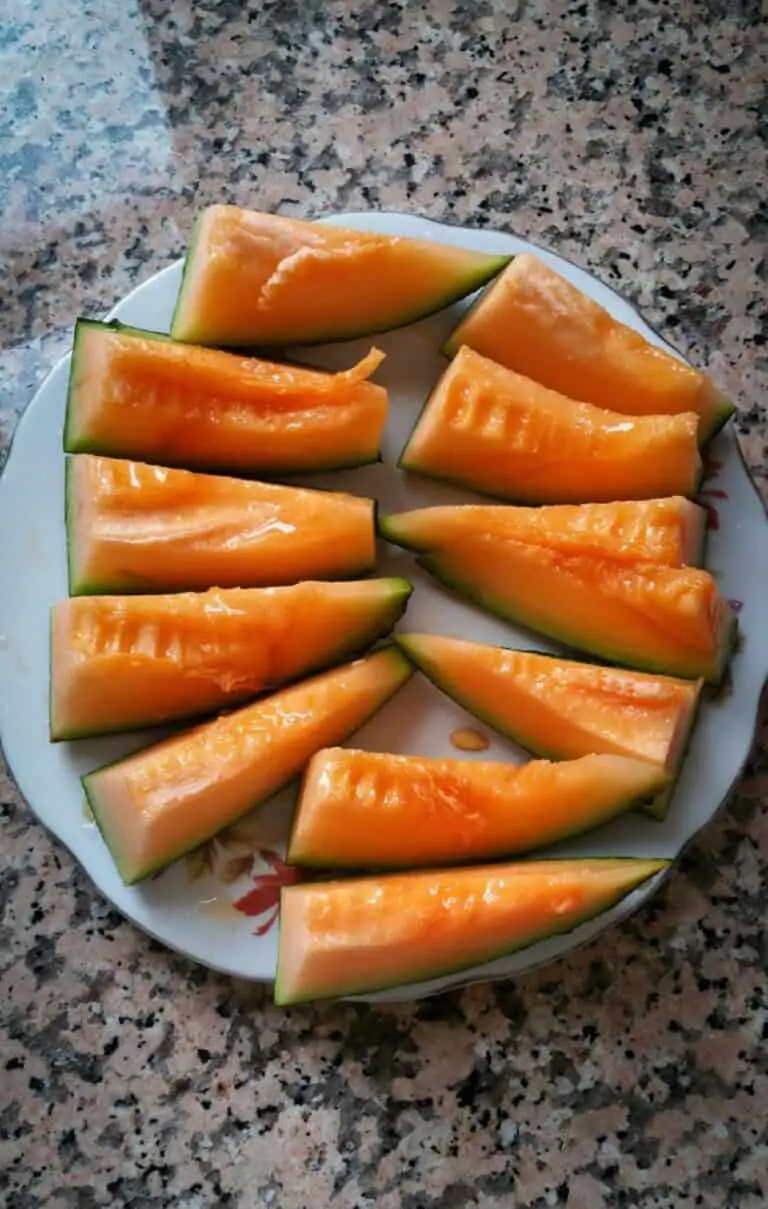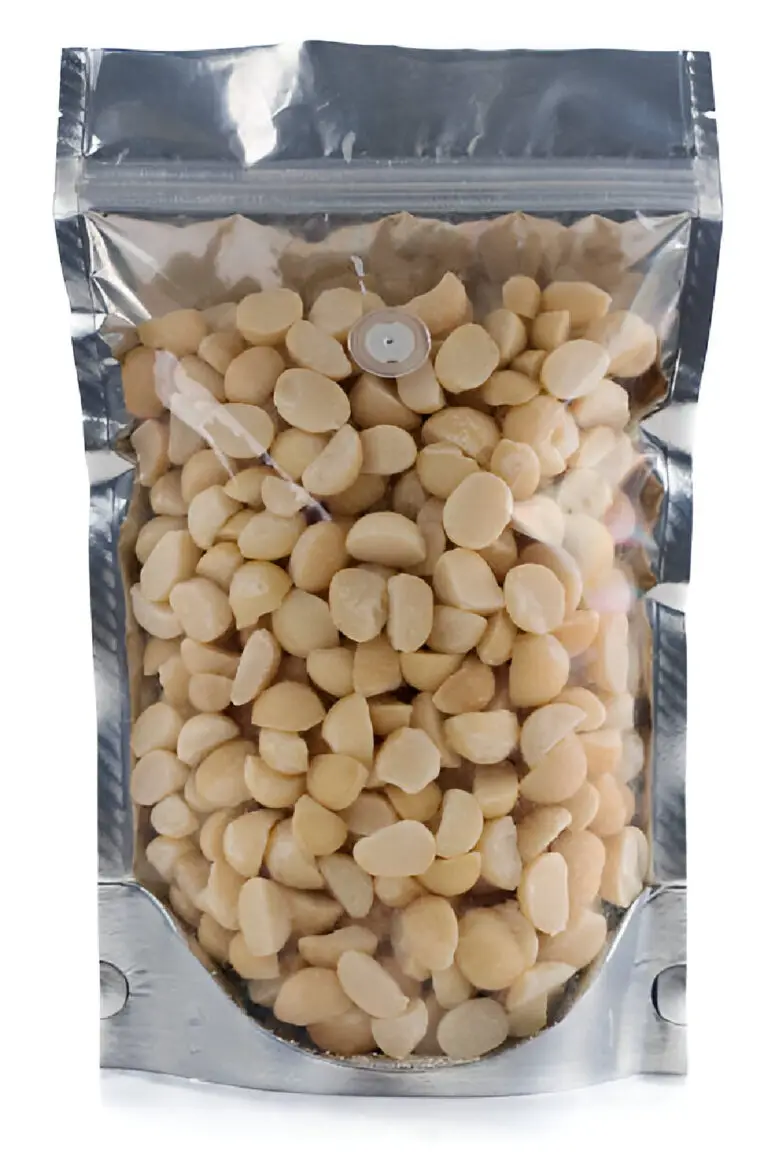Can You Eat Chia Seeds Without Soaking? Unveiling the Truth

Chia seeds have gained immense popularity in recent years due to their numerous health benefits. These tiny seeds, packed with essential nutrients, have become a staple in many people’s diets. But have you ever wondered if it’s necessary to soak chia seeds or if you can eat them raw?
In this article, we’ll explore the topic of eating chia seeds without soaking and delve into the benefits, considerations, and practical tips for incorporating unsoaked chia seeds into your diet.
Understanding Chia Seeds
Chia seeds are small, oval-shaped seeds that come from the Salvia hispanica plant, which is native to Central America. They have been consumed for centuries and were even used by ancient civilizations like the Aztecs and Mayans for their nutritional and medicinal properties.
Chia seeds are a rich source of dietary fiber, healthy fats, plant-based protein, calcium, magnesium, and antioxidants. They are also gluten-free, making them suitable for people with gluten intolerance or sensitivity.
Chia seeds have a mild, nutty flavor that pairs well with various dishes. They can be sprinkled on top of salads, added to smoothies, used in baking recipes, or incorporated into puddings and yogurt.
Due to their tiny size, they can absorb liquid and develop a gel-like consistency when soaked in water or other fluids. This unique characteristic has led to the widespread practice of soaking chia seeds before consumption.
The Purpose of Soaking Chia Seeds
You may find that soaking chia seeds creates a gel-like texture, making them easier to digest and absorb all their nutrients. In addition to that, soaking chia seeds before consumption offers several other benefits:
- Improved Digestion: Soaking chia seeds allows them to absorb liquid and form a gel-like consistency. This gel can help ease digestion and prevent any potential discomfort that may arise from consuming dry seeds.
- Enhanced Nutrient Absorption: Soaking chia seeds can increase their nutrient bioavailability. The gel-like consistency helps break down the seeds and allows your body to absorb the nutrients more efficiently.
- Increased Hydration: Chia seeds can absorb many times their weight in liquid, making them an excellent source of hydration. Soaking them before consumption can provide an additional boost of hydration.
- Versatility in Recipes: Soaked chia seeds can be incorporated into a wide range of recipes, including puddings, smoothies, and baked goods. The gel-like texture of soaked chia seeds adds a unique element to your culinary creations.
How to Soak Chia Seeds
If you decide to soak chia seeds, here’s a simple step-by-step guide to help you do it right:
- Measure out the desired amount of chia seeds. A general guideline is to use a ratio of 1 tablespoon of chia seeds to 3 tablespoons of liquid.
- Place the chia seeds in a bowl or glass.
- Add the liquid of your choice, such as water, plant-based milk to chia seeds, or fruit juice.
- Stir the mixture well to ensure the chia seeds are evenly distributed.
- Let the mixture sit for at least 10–15 minutes. You can also leave it in the refrigerator overnight for a thicker gel consistency.
- Stir the mixture again before consuming to prevent clumping.
Creative Ways to Enjoy Unsoaked Chia Seeds
If you prefer to eat chia seeds without soaking them, there are plenty of creative and delicious ways to incorporate them into your meals and snacks.
- Smoothie Booster: Add a tablespoon of raw chia seeds to your favorite smoothie recipe for an extra nutritional boost and a subtle crunch.
- Crunchy Salad Topper: Sprinkle raw chia seeds on top of salads to add texture and a nutritional punch. They pair well with leafy greens, vegetables, and dressing.
- Yogurt Parfait: Layer chia seeds with yogurt and fresh fruits to create a tasty and nutritious parfait. The chia seeds add a delightful crunch to every bite.
- Baking Ingredient: Incorporate raw chia seeds into your baked goods, such as muffins, bread, or cookies. They can add texture and a nutritional boost to your treats.
- Chia Seed Pudding: Make a simple chia seed pudding by combining raw chia seeds with your choice of milk and sweetener. Let it sit in the refrigerator for a few hours or overnight for a creamy and nutritious dessert.
- Energy Balls: Mix raw chia seeds with nuts, dried fruits, and honey to create energy balls or bars. They make a convenient and healthy snack on the go.
- Homemade Granola: Add raw chia seeds to your homemade granola recipe for extra crunch and nutritional value. Enjoy it with yogurt or as a standalone snack.
The possibilities are endless when it comes to adding unsoaked chia seeds into your diet. Be creative and experiment with different recipes to find your favorite ways to enjoy them.
Can You Eat Chia Seeds Without Soaking?
The answer is yes; you can eat chia seeds without soaking them. Chia seeds are safe to consume in their raw, unsoaked form. Unlike other seeds that may have indigestible coatings, chia seeds have a thin outer layer that doesn’t require soaking to improve digestibility.
However, it’s important to note that while chia seeds can be eaten raw, they may be more beneficial when soaked due to the gel-forming properties that aid in digestion.
Soaking vs. Eating Chia Seeds Raw: Pros and Cons
The decision between soaking chia seeds and eating them raw depends on various factors, including personal preference, time constraints, and specific dietary needs. Let’s explore the pros and cons of each method:
Soaking Chia Seeds:
Pros:
- Easier digestion: Soaking chia seeds creates a gel-like consistency that aids in digestion and nutrient absorption.
- Enhanced flavor and texture: The gelatinous texture of soaked chia seeds can make them more appealing to some individuals.
- Versatility in recipes: Soaked chia seeds can be used as a thickening agent in recipes, such as puddings or sauces.
Cons:
- Time-consuming: Soaking chia seeds typically requires at least 15-30 minutes, which may not be convenient for everyone.
- Planning ahead: You need to remember to soak the chia seeds in advance if you want to incorporate them into your meal or snack.
- Alteration of texture: Some individuals may not enjoy the texture of soaked chia seeds, which can be slimy or gel-like.
Eating Chia Seeds Raw:
Pros:
- Convenience: Eating chia seeds raw eliminates the need for soaking, making it a quick and easy option.
- Retention of nutrients: Raw chia seeds retain their full nutritional value, ensuring you get the maximum benefits.
- Crunchy texture: Some people prefer the natural crunchiness of raw chia seeds, which can add an enjoyable element to dishes.
Cons:
- Potential digestive discomfort: Eating large amounts of dry chia seeds without proper hydration may cause digestive issues for some individuals.
- Preference and palatability: The texture and taste of raw chia seeds may not be appealing to everyone, particularly those who prefer a softer or gel-like consistency.
It’s important to keep in mind that both methods have their own advantages, and the choice ultimately depends on your personal preferences and dietary goals.
Practical Tips for Consuming Chia Seeds
Here are some practical tips to make the most of consuming chia seeds without soaking them:
- Moderation is key: While chia seeds are nutrient-dense, it’s important not to overconsume them. Aim for a daily intake of 1-2 tablespoons and adjust according to your body’s response.
- Stay hydrated: Drink plenty of water or fluids when consuming raw chia seeds to ensure proper hydration and prevent any potential digestive discomfort.
- Start with small portions: If you’re new to consuming raw chia seeds, start with smaller portions and gradually increase over time to allow your body to adjust.
- Chew thoroughly: To aid in digestion, make sure to chew chia seeds thoroughly before swallowing, as this helps break down the seeds and promotes better nutrient absorption.
- Combine with liquids: When incorporating chia seeds into recipes, ensure that there is an adequate amount of liquid present, whether it’s in smoothies, yogurt, or other dishes. This helps prevent the seeds from absorbing excess liquid in your digestive system.
- Store properly: To maintain the freshness and quality of chia seeds, store them in an airtight container in a cool, dry place, away from direct sunlight. This helps preserve their nutritional value.
- Listen to your body: Pay attention to how your body responds to consuming chia seeds without soaking them. If you experience any digestive discomfort or adverse reactions, consider adjusting your intake or trying alternative methods of preparation.
FAQs
Are raw chia seeds as nutritious as soaked chia seeds?
Yes, raw chia seeds are just as nutritious as soaked chia seeds. The nutritional composition remains relatively stable regardless of whether they are soaked or consumed in their raw form. So, you can still benefit from their valuable nutrients without the need for soaking.
How can I incorporate unsoaked chia seeds into my meals and snacks?
There are numerous ways to incorporate unsoaked chia seeds into your meals and snacks. You can sprinkle them on top of salads, yogurt, or smoothies for a nutritional boost. They can also be added to baked goods, such as muffins or bread, or used to make energy balls. The versatility of chia seeds allows you to experiment and find creative ways to enjoy them.
Do chia seeds need to be soaked for better digestion?
Soaking chia seeds can enhance digestion due to the gel-like consistency they develop. The gel formation aids in breaking down the seeds and improving digestibility. However, if you prefer to consume them without soaking, proper hydration is essential to prevent potential digestive discomfort.
Can eating unsoaked chia seeds cause digestive issues?
Consuming large amounts of dry chia seeds without proper hydration can potentially cause digestive issues. Chia seeds can absorb liquid in the digestive tract, leading to discomfort or obstruction if not adequately hydrated. It’s important to drink plenty of fluids when eating unsoaked chia seeds to ensure safe and comfortable digestion.
Are there any differences in taste or texture between soaked and unsoaked chia seeds?
Yes, there are differences in taste and texture between soaked and unsoaked chia seeds. Soaked chia seeds develop a gel-like consistency, which some people find appealing, while others may find it slimy or gelatinous. Unsoaked chia seeds have a natural crunchiness that can add texture to dishes. Personal preferences vary, so it’s best to try both methods and see which one you prefer.






